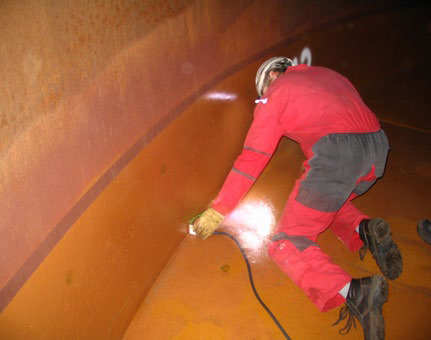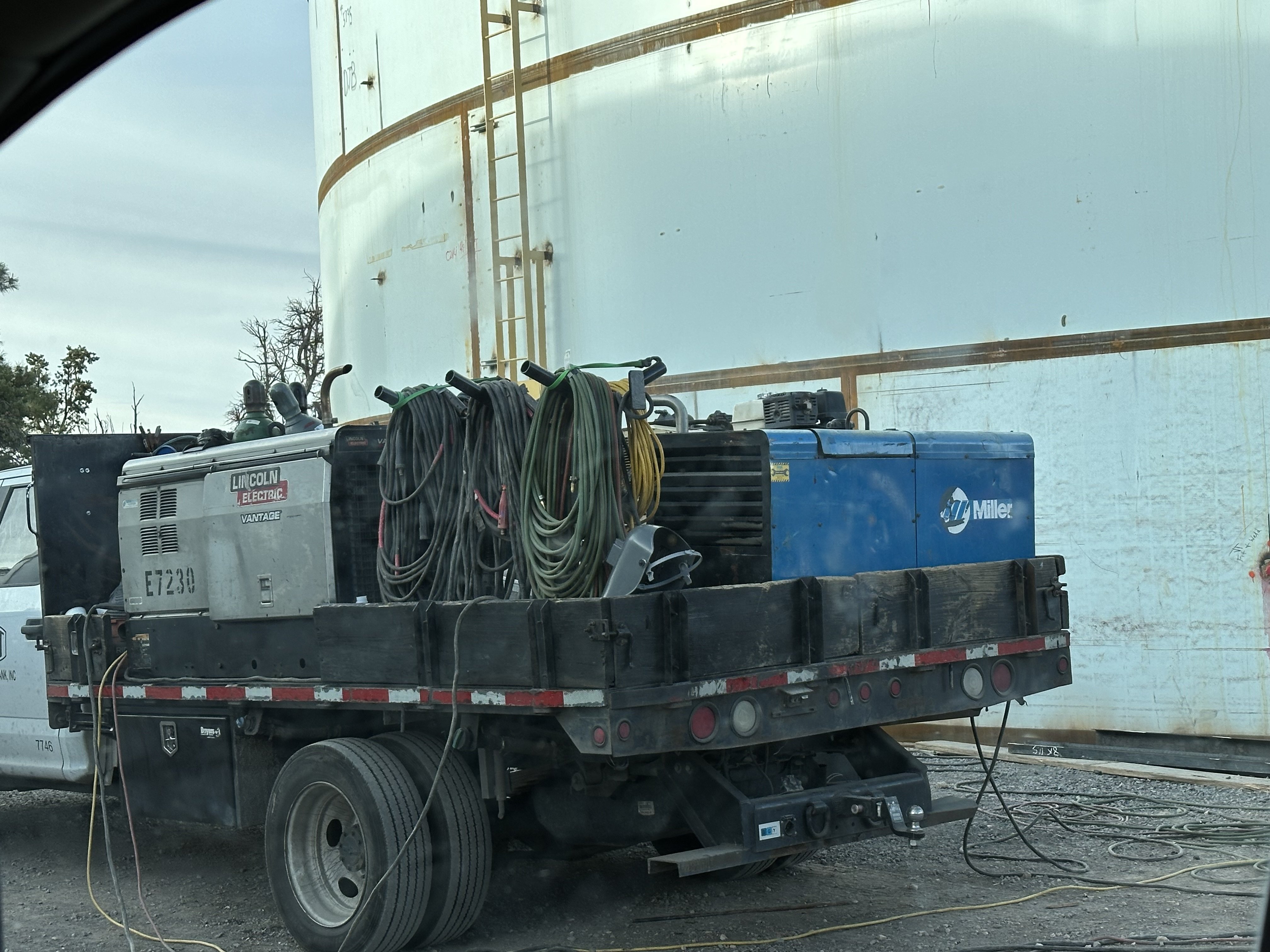Finest Practices for Effective Tank Welding Inspection Processes
An In-depth Summary of Container Welding Inspection Standards and Methodologies for Improved Weld Top Quality and Efficiency
The significance of welding evaluation standards in the production of storage tanks can not be overstated, as they serve as the backbone for making sure weld honesty and functional integrity. Different examination techniques, consisting of aesthetic evaluations and progressed non-destructive testing techniques, are essential in recognizing possible flaws that can endanger efficiency.
Relevance of Welding Assessment Standards

Welding assessment requirements incorporate a series of requirements, consisting of product requirements, welding procedures, and certifications of employees entailed in the welding process. By implementing these requirements, organizations can methodically recognize and fix potential flaws, thereby decreasing the probability of costly fixings or disastrous failures. Moreover, strenuous examination practices foster a society of responsibility and accuracy, encouraging welders to keep high levels of workmanship.

Usual Welding Inspection Methods


Ultrasonic Evaluating (UT) is one more prevalent technique, using high-frequency acoustic waves to identify internal defects that might not be visible on the surface. This method is particularly efficient for determining gaps or inclusions within the weld metal. Magnetic Fragment Checking (MT) is also widely made use of, especially for ferromagnetic products, as it exposes surface and near-surface defects with the application of magnetic areas and ferrous fragments.
Furthermore, Liquid Penetrant Screening (PT) spots surface-breaking defects by using a penetrant to the weld and afterwards making use of a developer to attract out the penetrant. Each of these techniques adds to an extensive evaluation strategy, guaranteeing that welds meet the rigid top quality standards needed in container construction.
Governing Specifications and Compliance
Regulatory criteria and conformity are crucial components in ensuring the security and reliability of welded structures in container building - Tank Welding Inspection. These standards offer to develop minimum requirements for material homes, welding procedures, and evaluation techniques, thus lowering the danger of architectural failings and improving general efficiency
Key organizations, such as the American Society of Mechanical Engineers (ASME) and the American Welding Society (AWS), provide standards additional resources that are commonly embraced in the market. Compliance with these requirements not just makes certain adherence to ideal methods yet likewise meets legal and company website legal responsibilities, protecting the passions of stakeholders.
Regulative bodies usually mandate adherence to details codes, such as ASME Code Section IX for welding credentials and API 650 for welded containers. These codes detail requirements for welding methods, qualifications of personnel, and screening methods to validate weld stability.
Routine audits and evaluations are critical to preserving conformity, as they assist identify deviations from established requirements. Non-compliance can cause considerable fines, task delays, and safety and security hazards. Therefore, a durable understanding of regulatory requirements and a dedication to conformity are vital in attaining top notch and long lasting welded container structures.
Non-Destructive Testing Techniques
How can the integrity of bonded structures be assured without causing damages? Non-destructive testing (NDT) techniques offer a robust solution, allowing assessors to assess weld top quality without endangering the product - Tank Welding Inspection. Among the most typical NDT techniques are ultrasonic screening (UT), radiographic screening (RT), magnetic bit testing (MT), and color penetrant screening (PT)
Radiographic screening includes passing X-rays or gamma rays with the weld, producing images that expose architectural defects such as splits or voids. This approach is very useful for evaluating the stability of complicated welds.
Magnetic bit testing is matched for ferromagnetic products, where magnetic areas expose surface and near-surface discontinuities. Dye penetrant testing uses a liquid color to highlight surface-breaking imperfections, making it a reliable method for non-porous materials.
Each of these NDT methods has distinct advantages, permitting detailed evaluations customized to specific materials and welding procedures. By applying these methods, industries can guarantee the reliability and safety and security of bonded structures, eventually boosting overall efficiency.
Enhancing Weld Top Quality Through Assessment
Efficient assessment plays a vital duty in enhancing weld high quality, functioning as a crucial checkpoint in the manufacture procedure. By identifying potential flaws early, assessments minimize the danger of jeopardized architectural honesty and guarantee conformity with market standards. Employing a combination of aesthetic exams, non-destructive screening (NDT) techniques, and mechanical evaluations, assessors can detect concerns such as porosity, splits, and insufficient blend.
Carrying out a durable assessment protocol not just improves the total top quality of welds yet additionally fosters a society of accountability among welders and makers. Routine training and certification of examination workers ensure that they are equipped with the essential skills to acknowledge and deal with potential issues properly. This aggressive method minimizes rework and connected expenses, ultimately contributing to predict effectiveness.
In addition, detailed documentation of assessment findings provides useful understandings right into repeating problems, facilitating continuous enhancement her explanation in welding techniques. By leveraging advanced innovations, such as automated ultrasonic screening or electronic radiography, weld high quality can be enhanced through extra precise analyses. To conclude, an extensive examination process is crucial in achieving premium welds, making sure security, dependability, and durability in storage tank construction.
Conclusion
In verdict, the application of rigorous container welding inspection requirements and approaches is essential for making certain weld honesty and efficiency. By making use of a combination of visual inspections, non-destructive screening approaches, and adherence to regulative requirements, organizations can effectively identify and reduce possible problems.